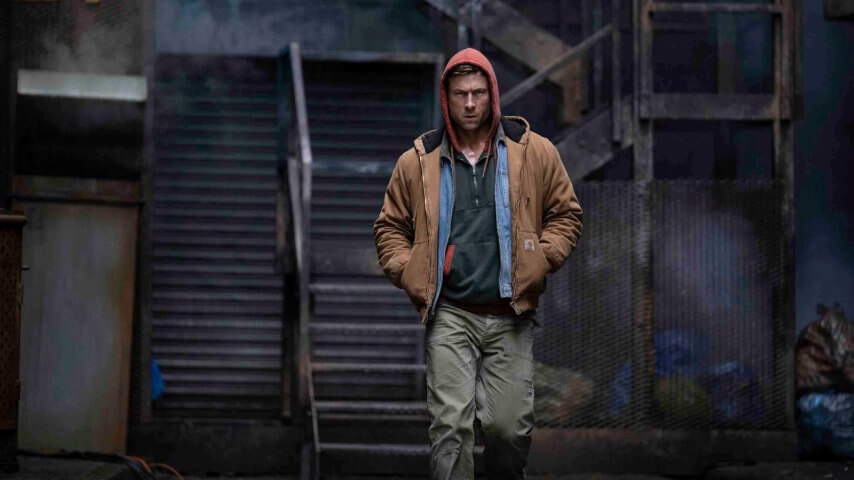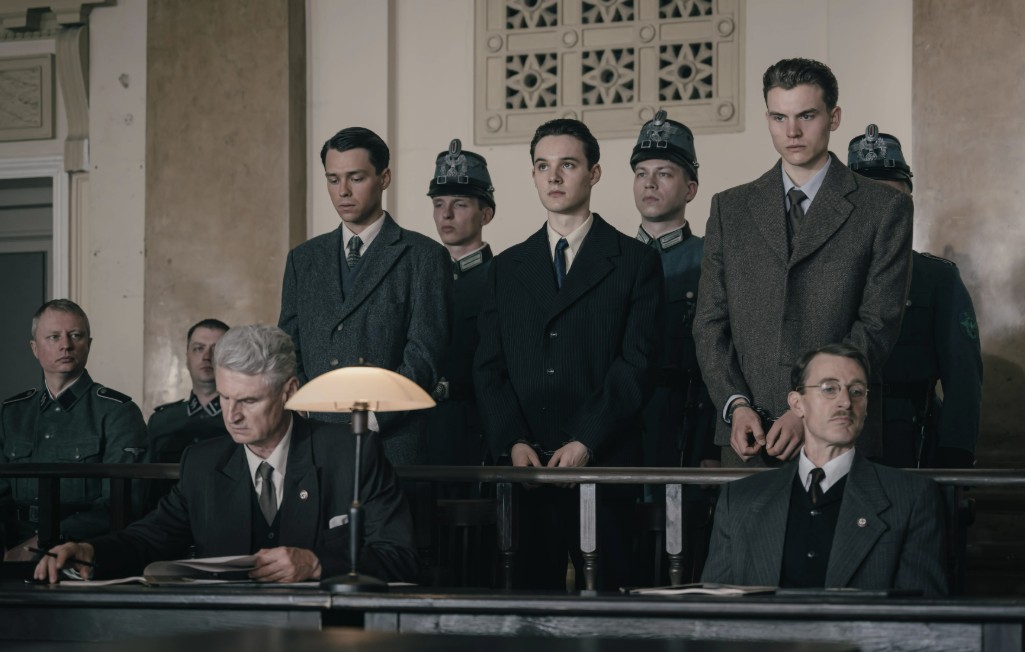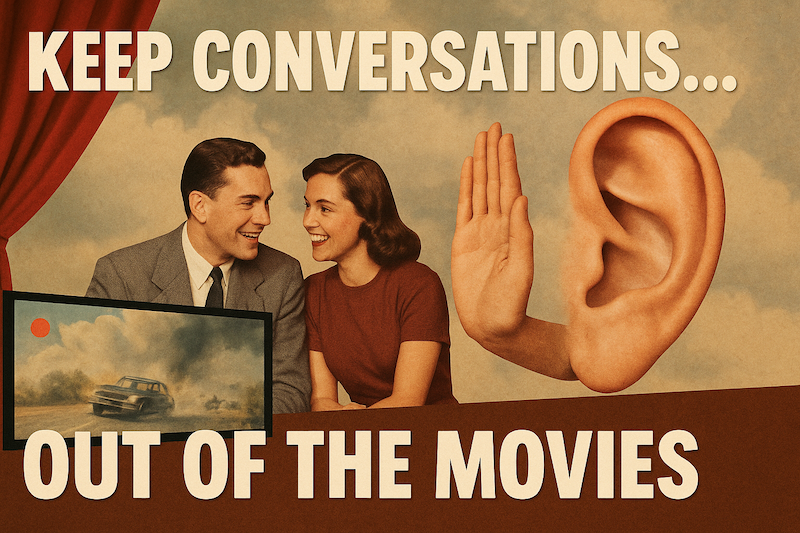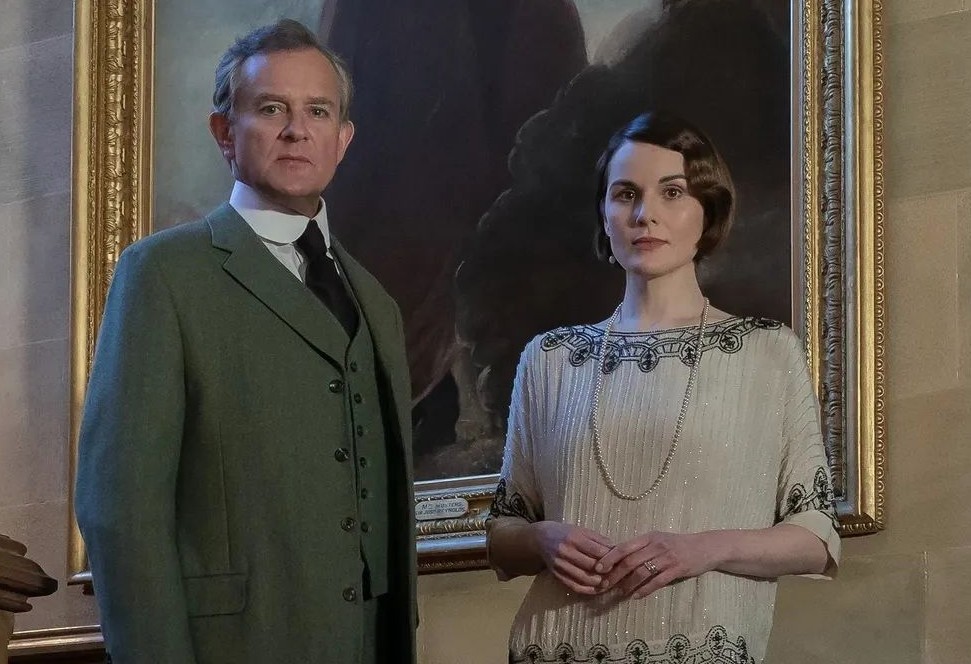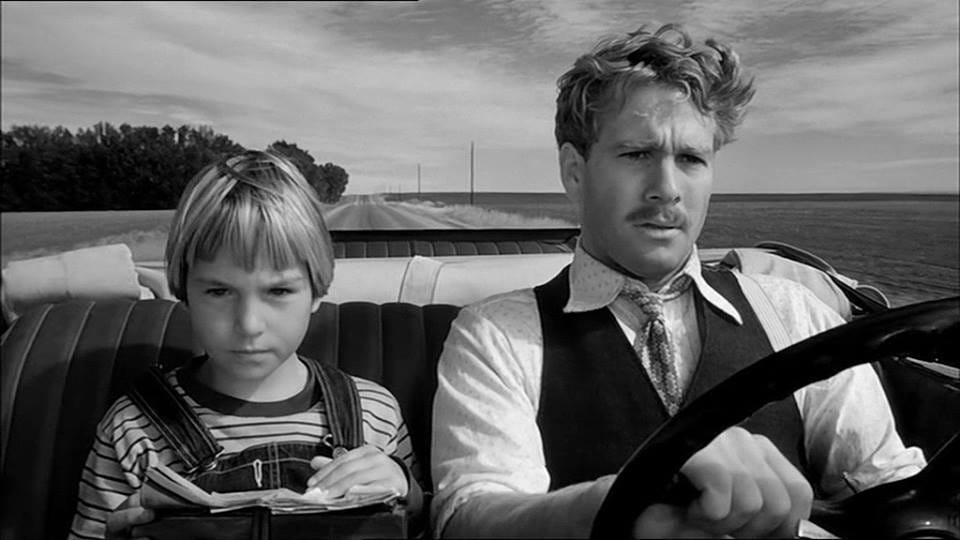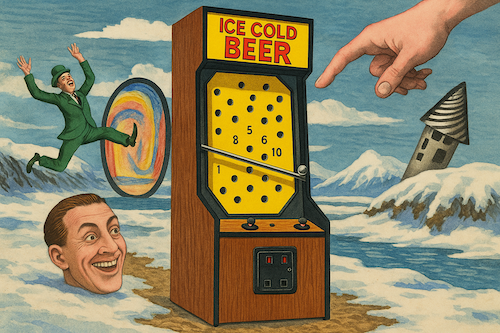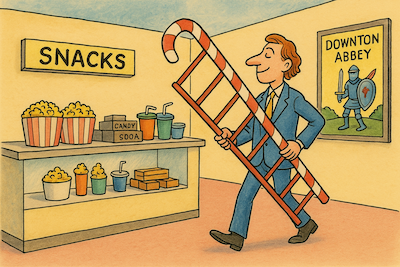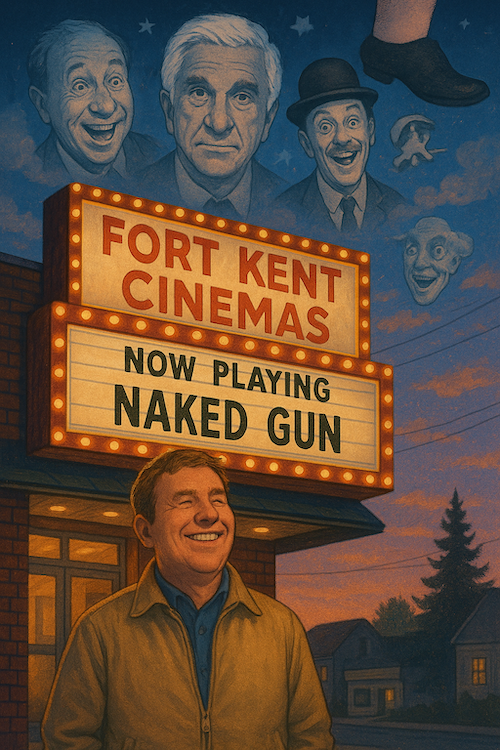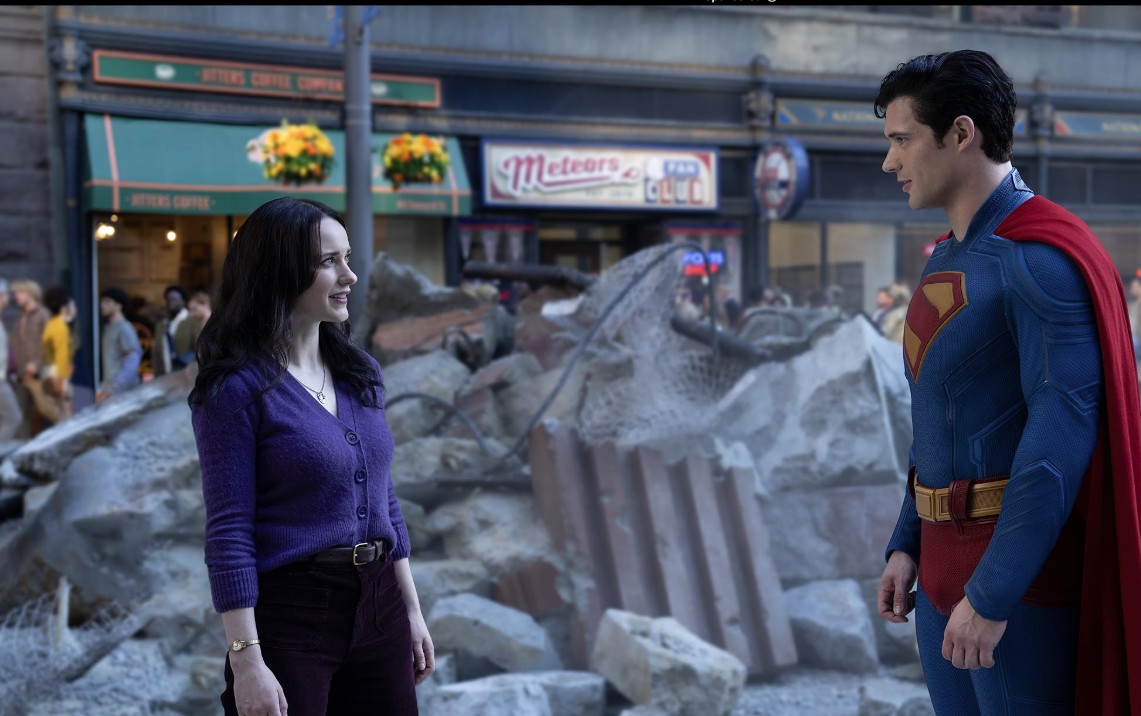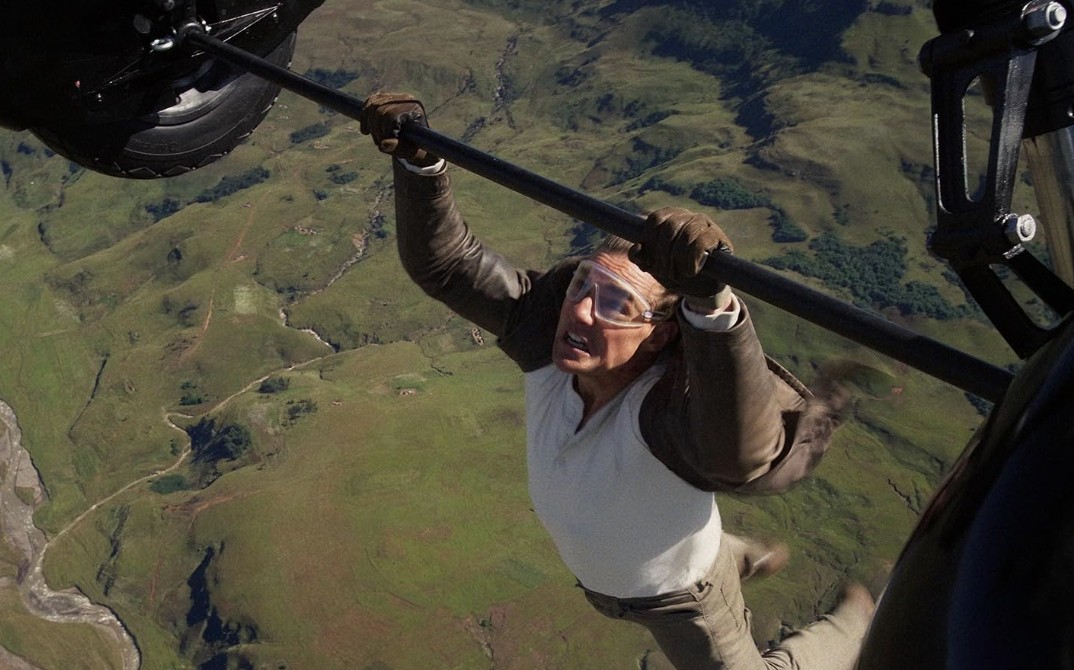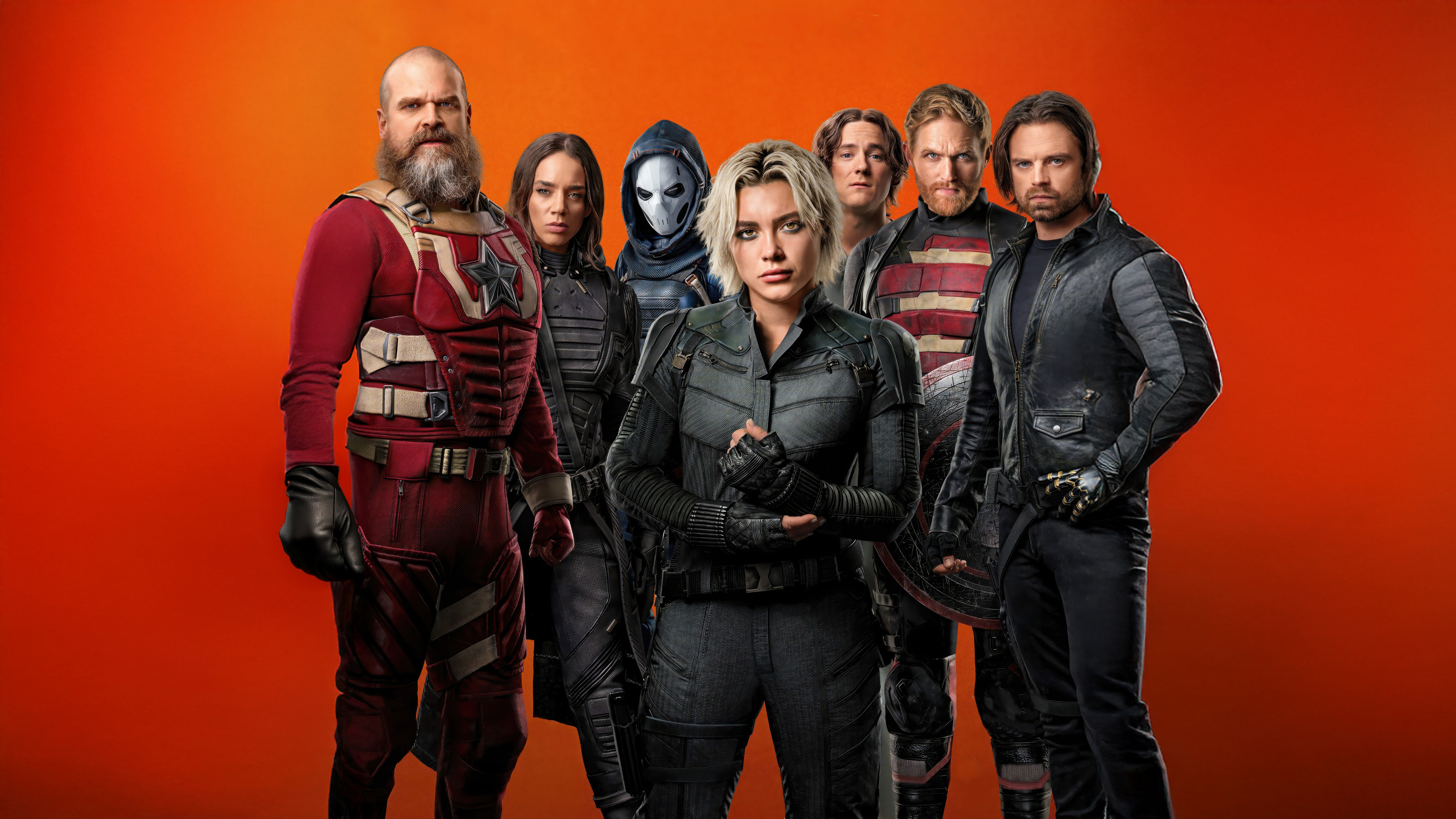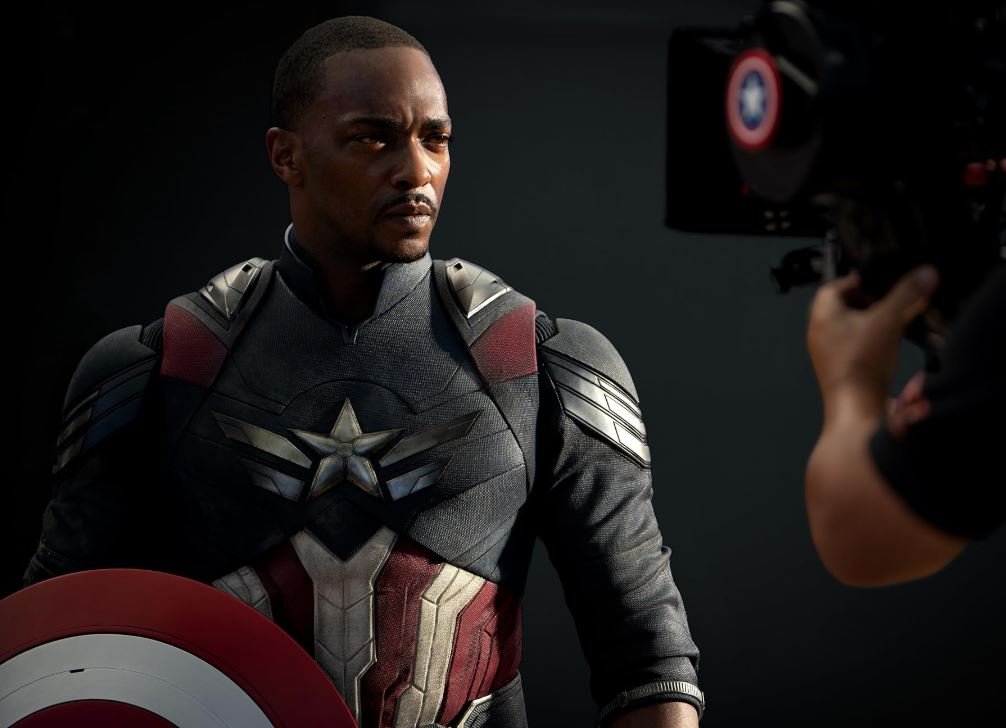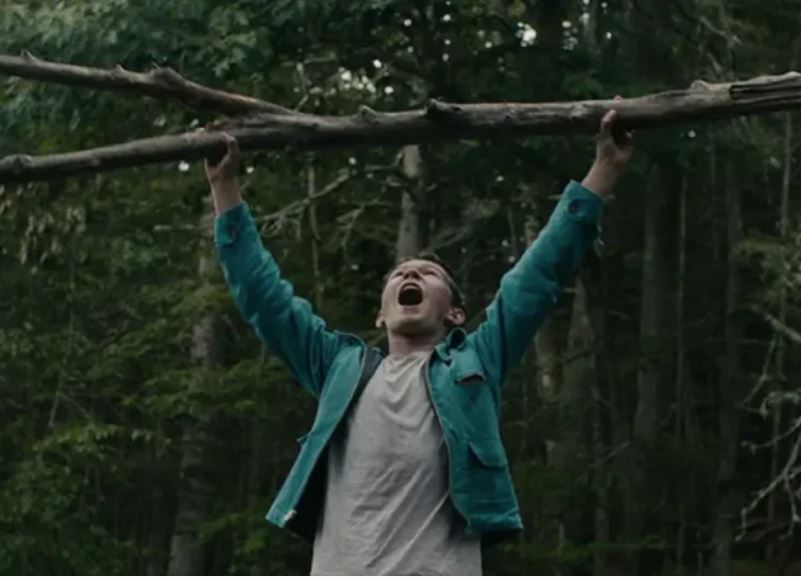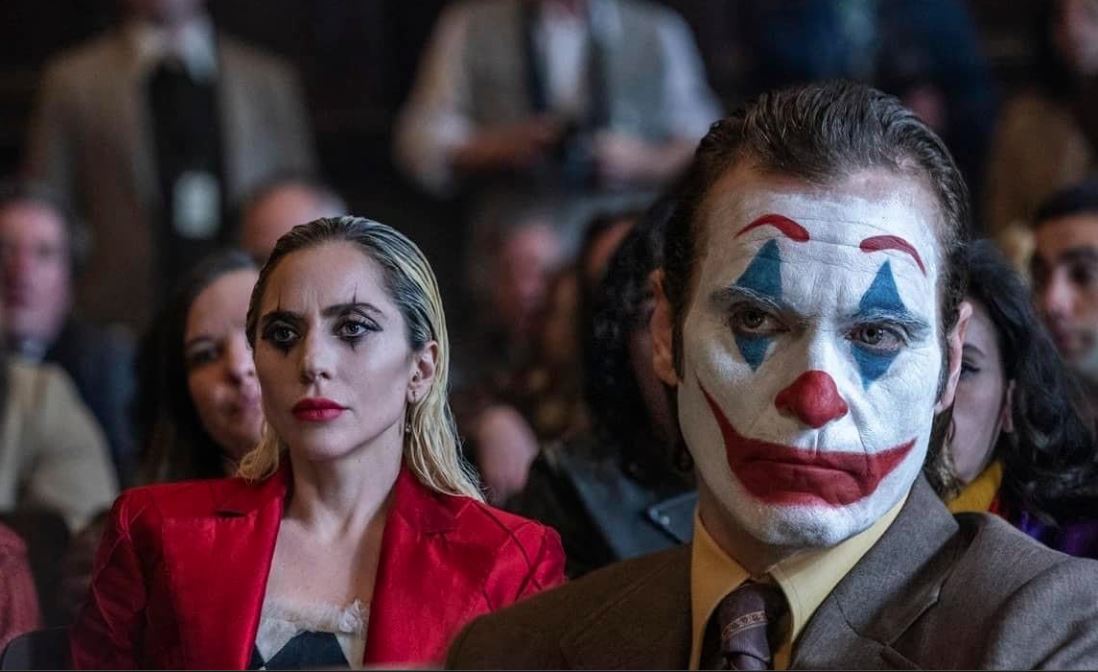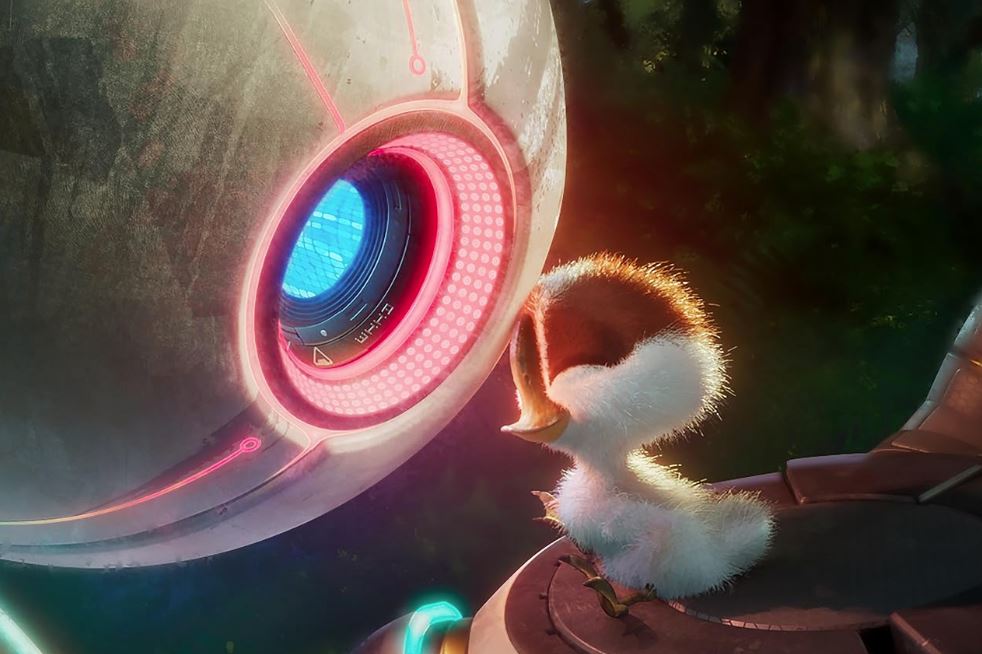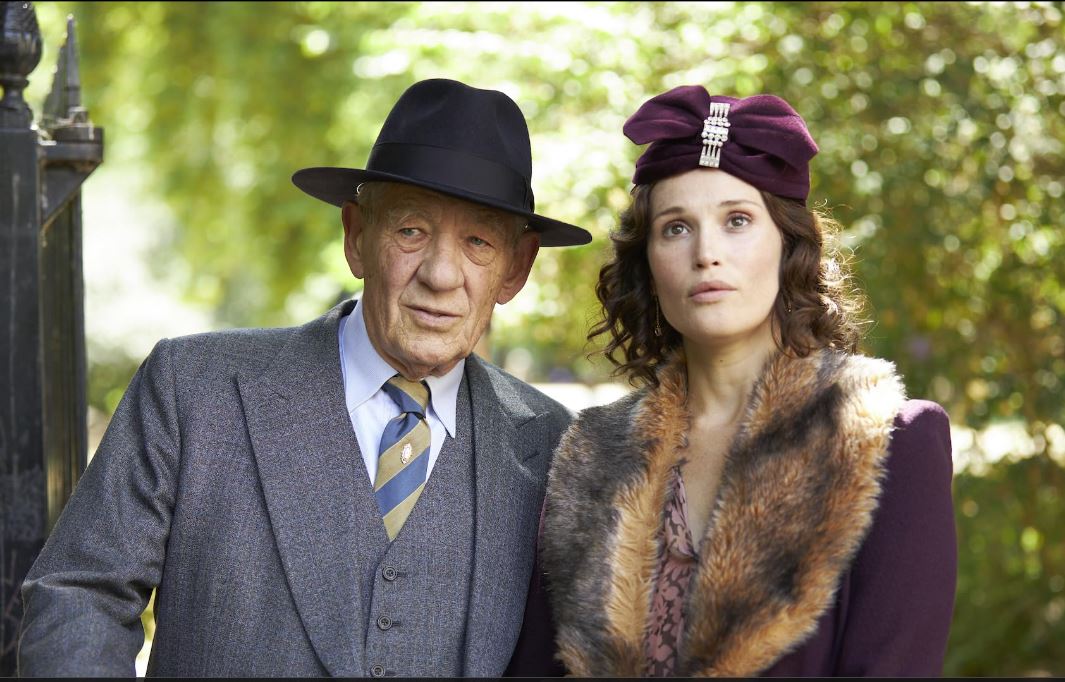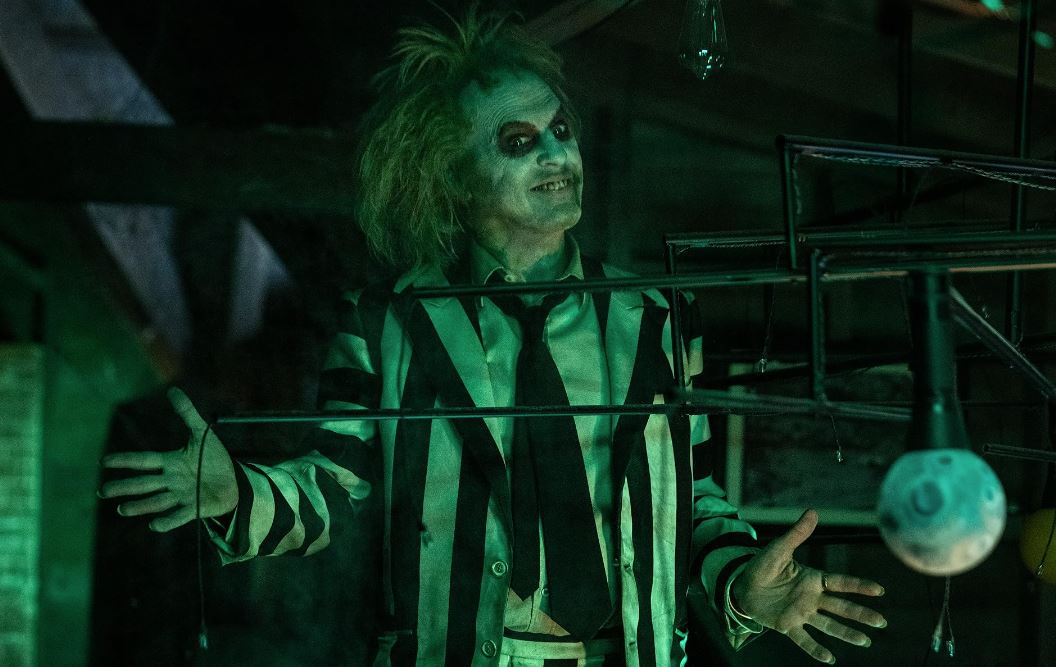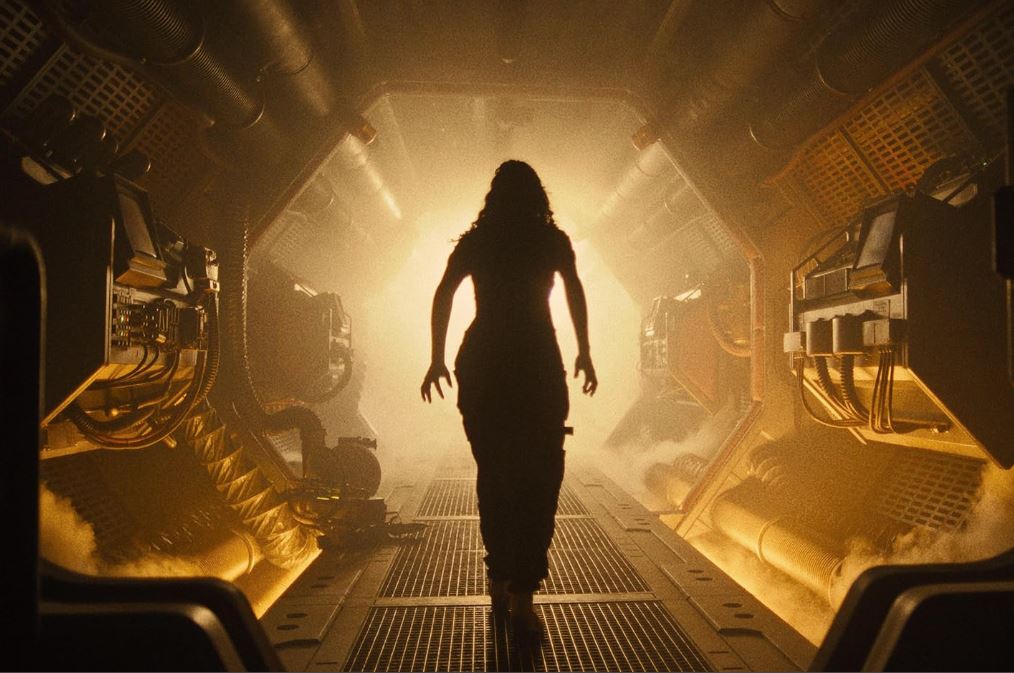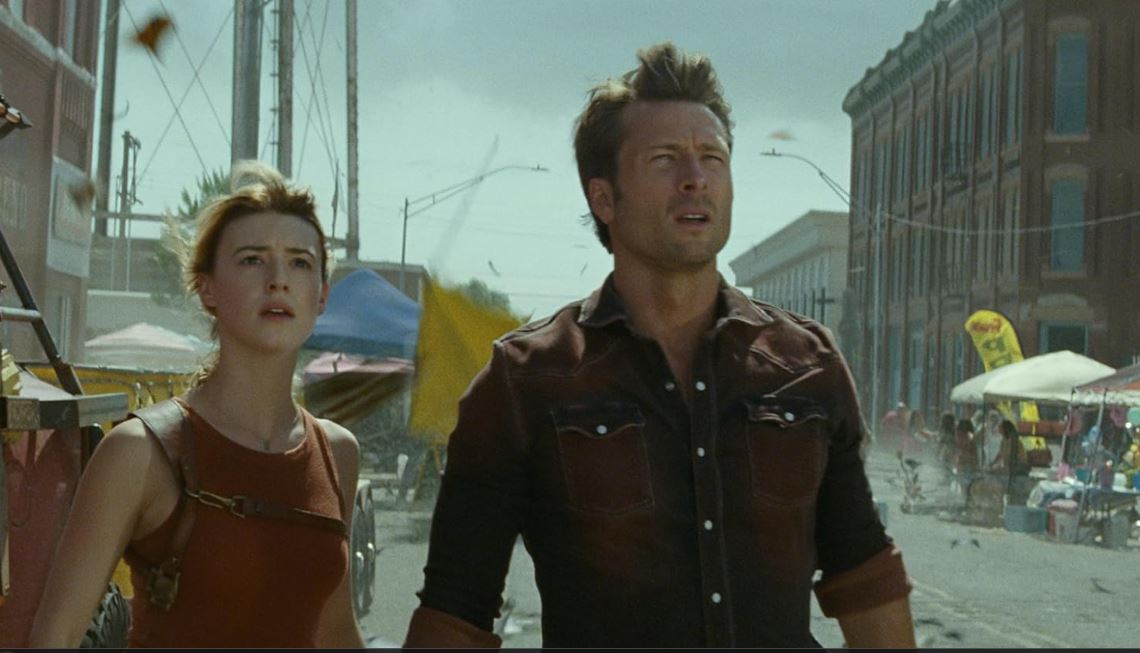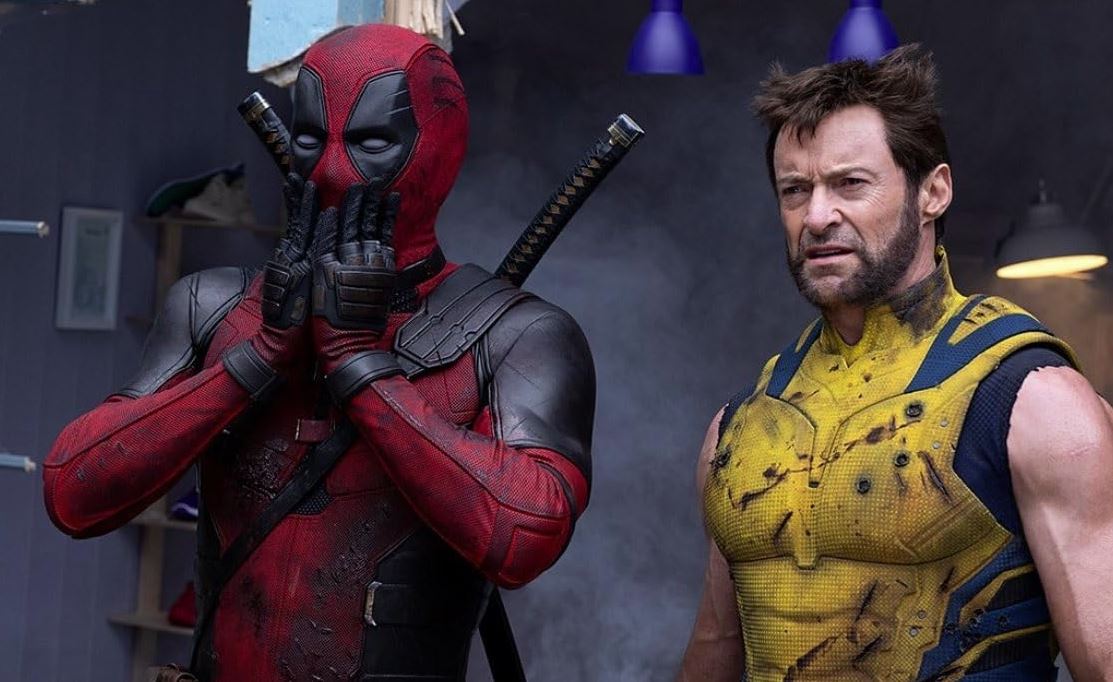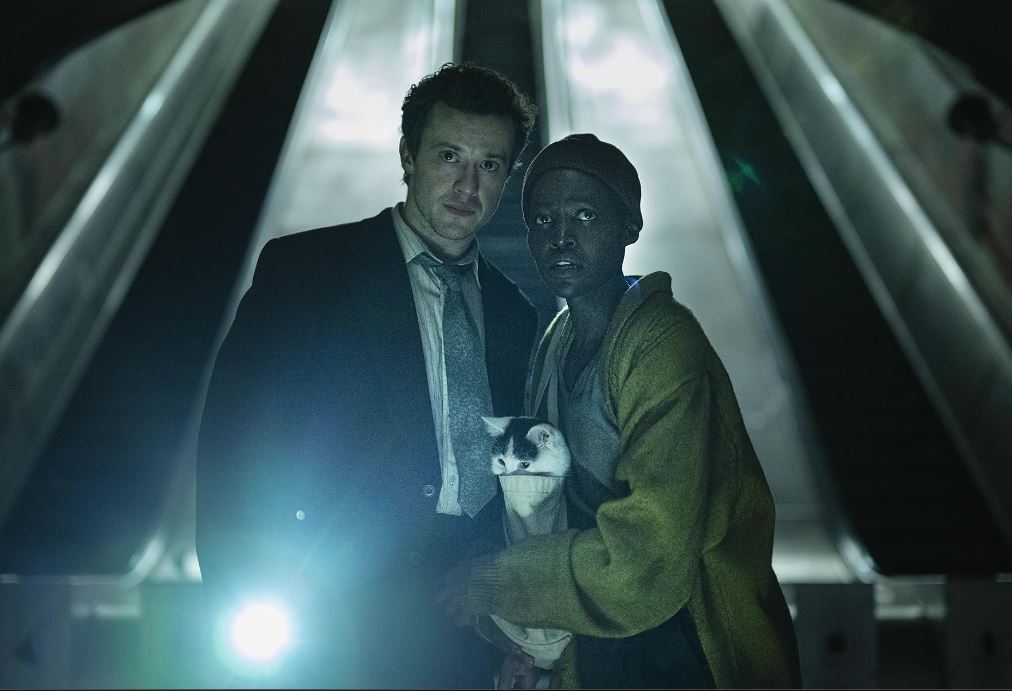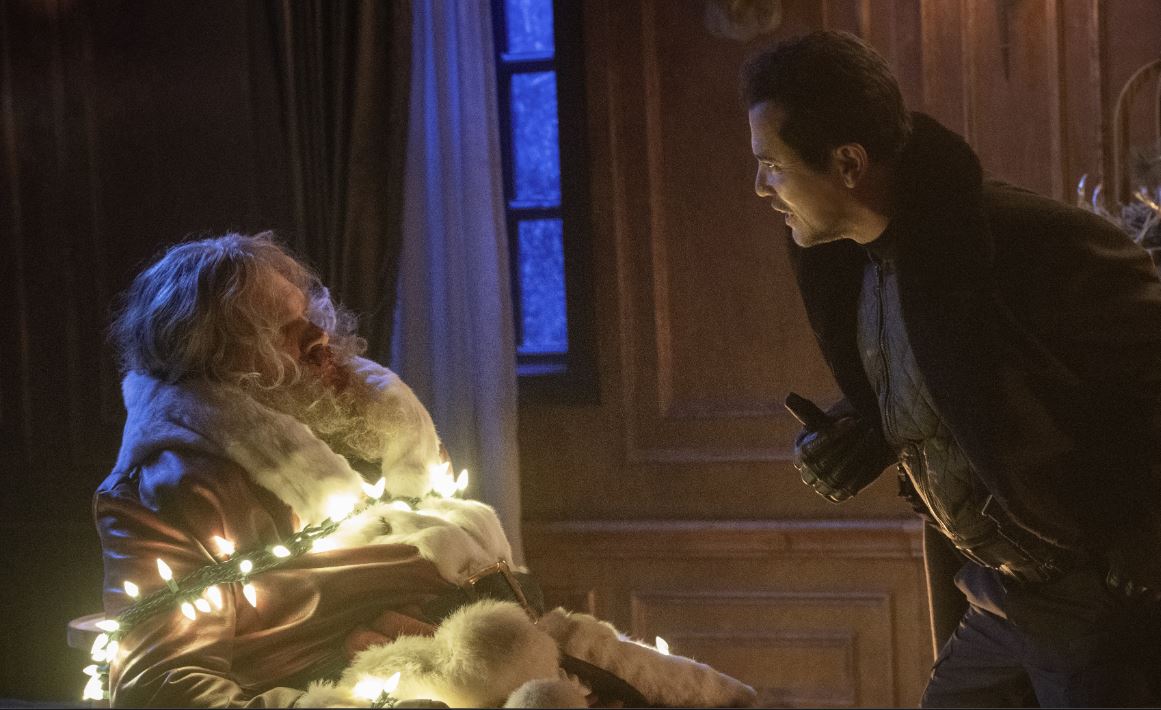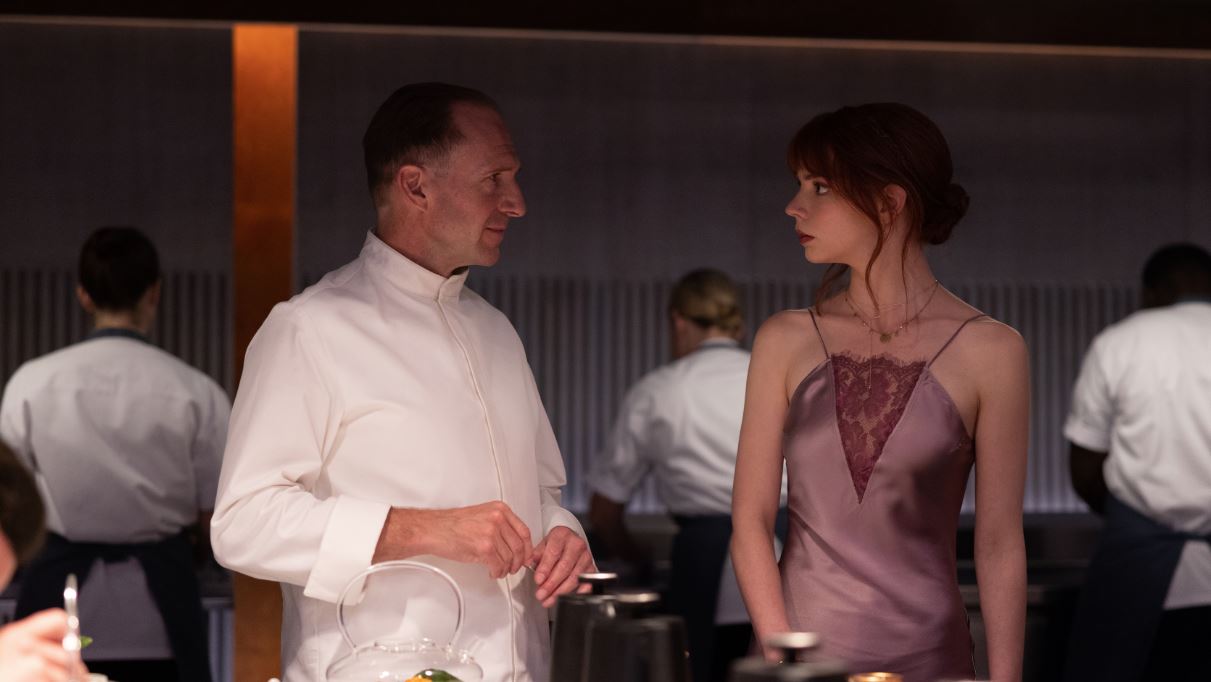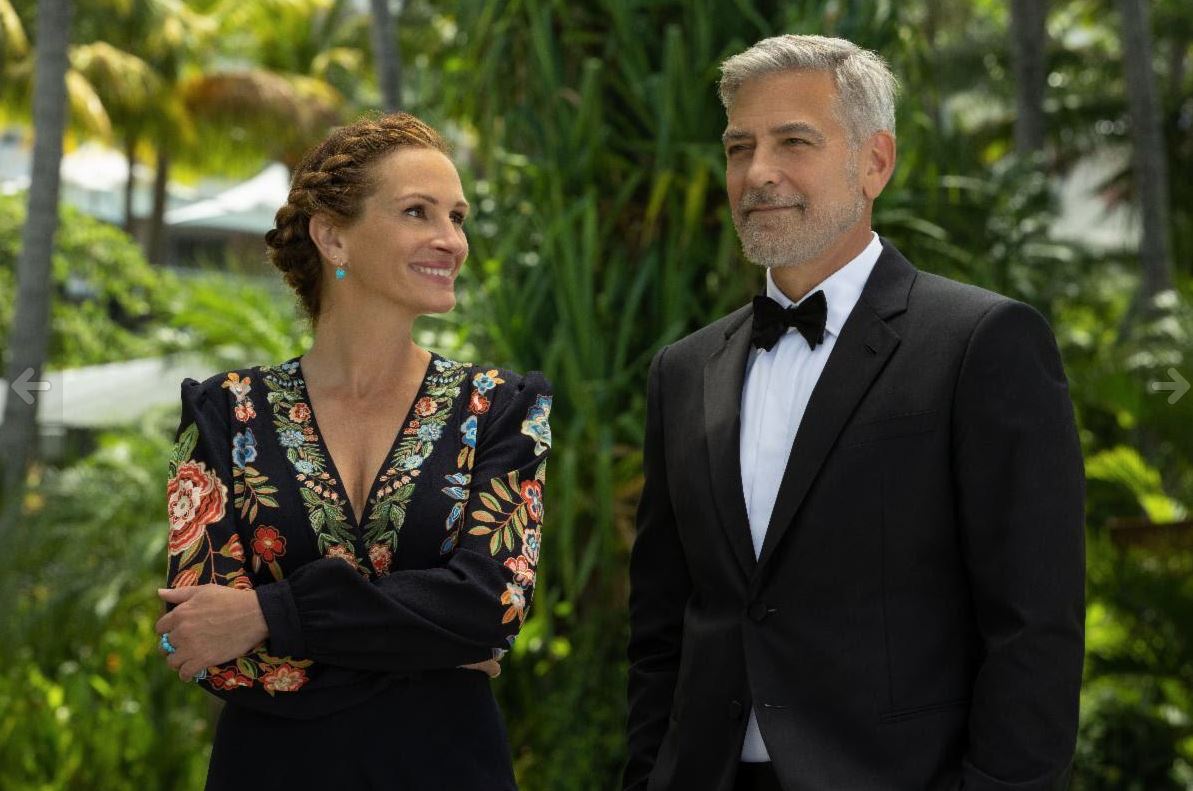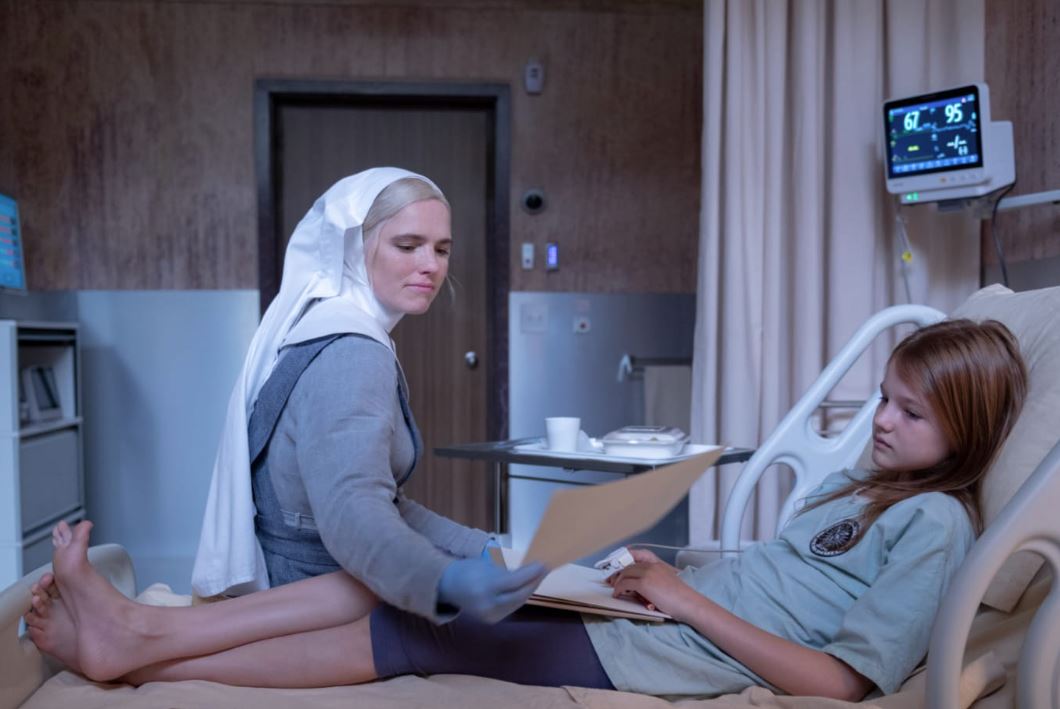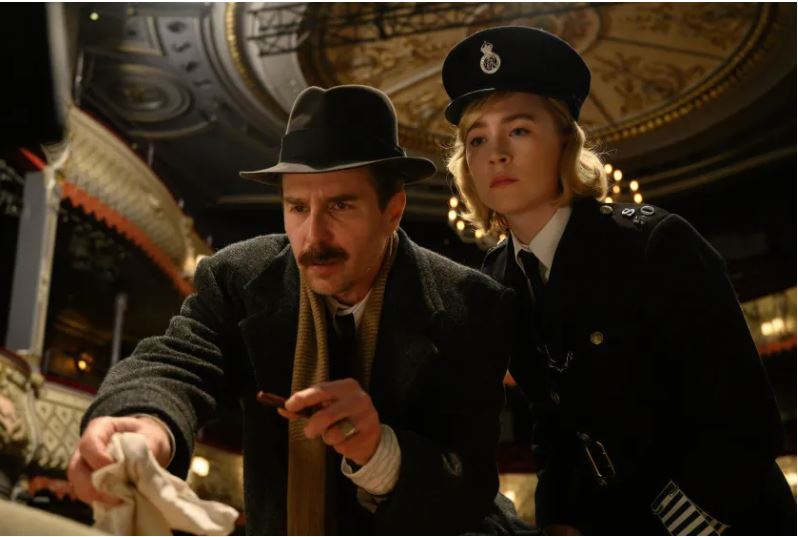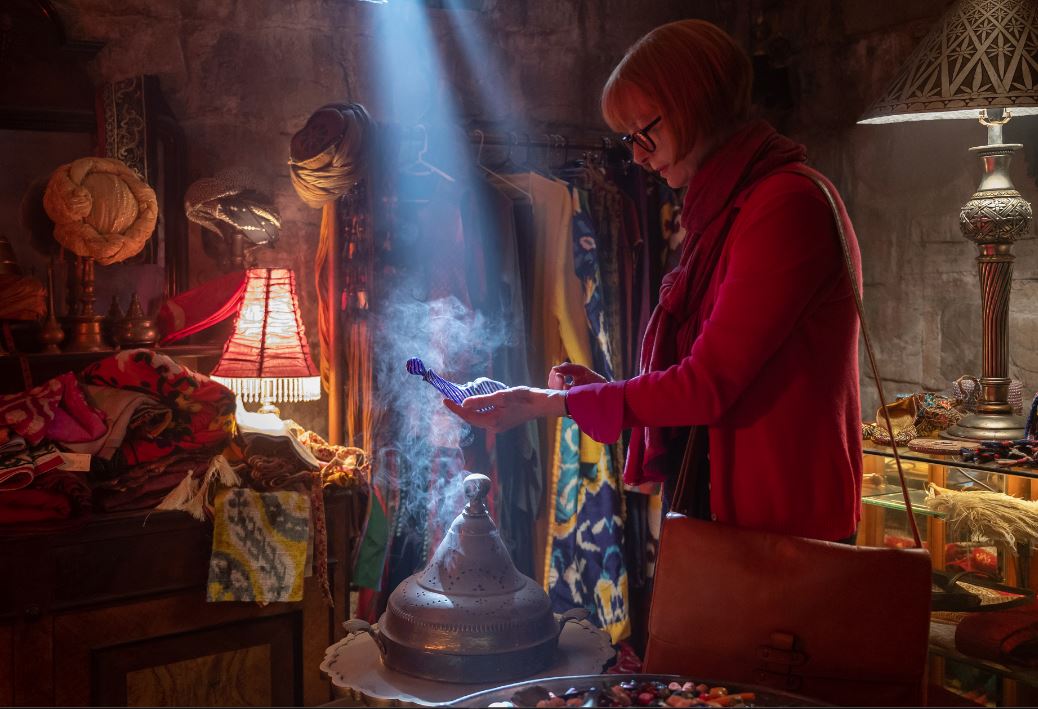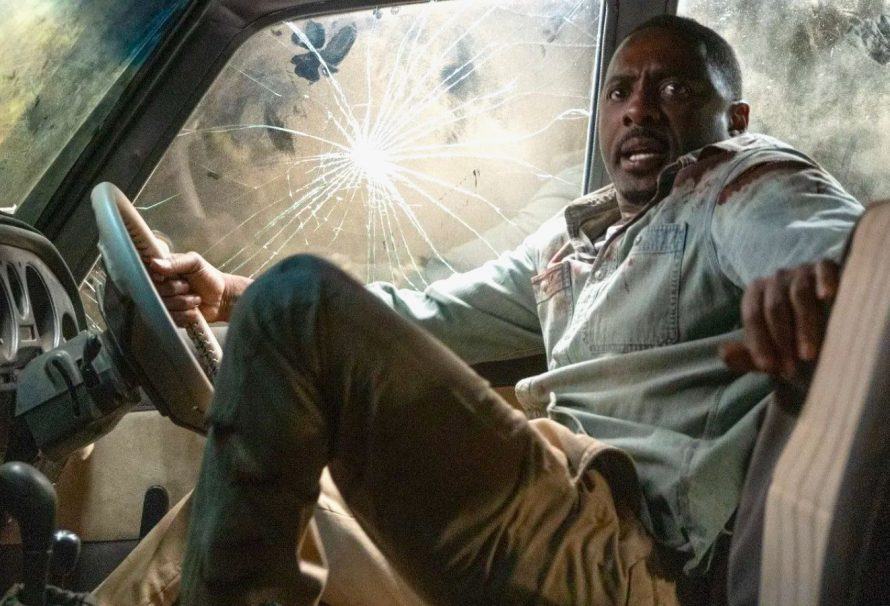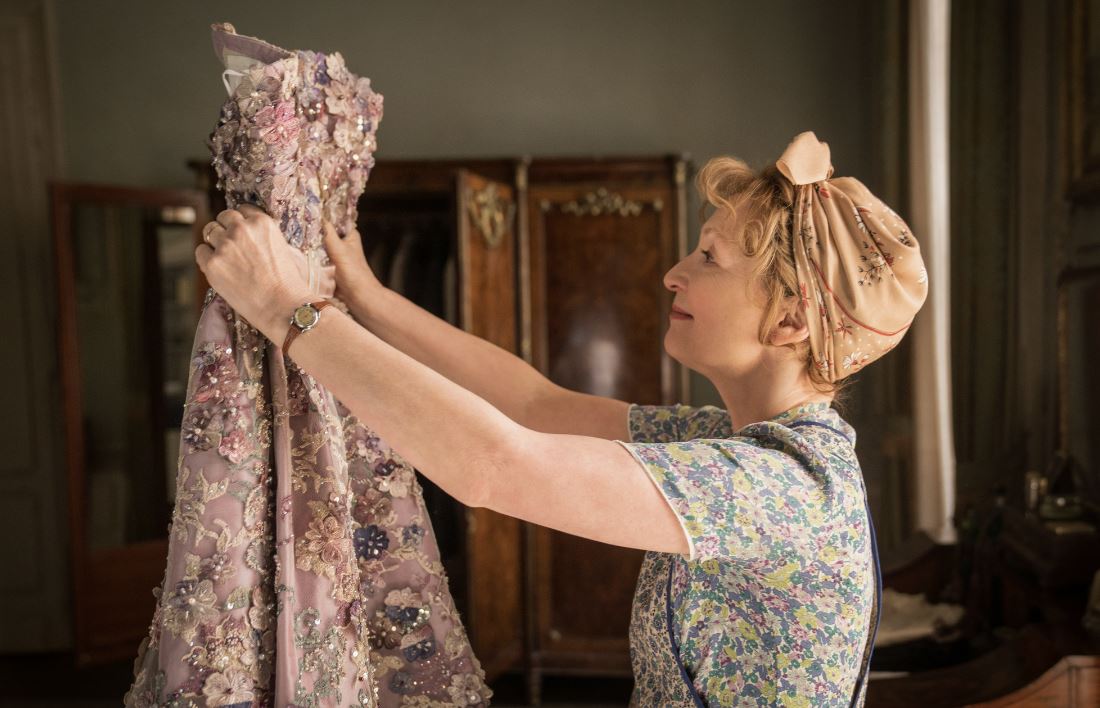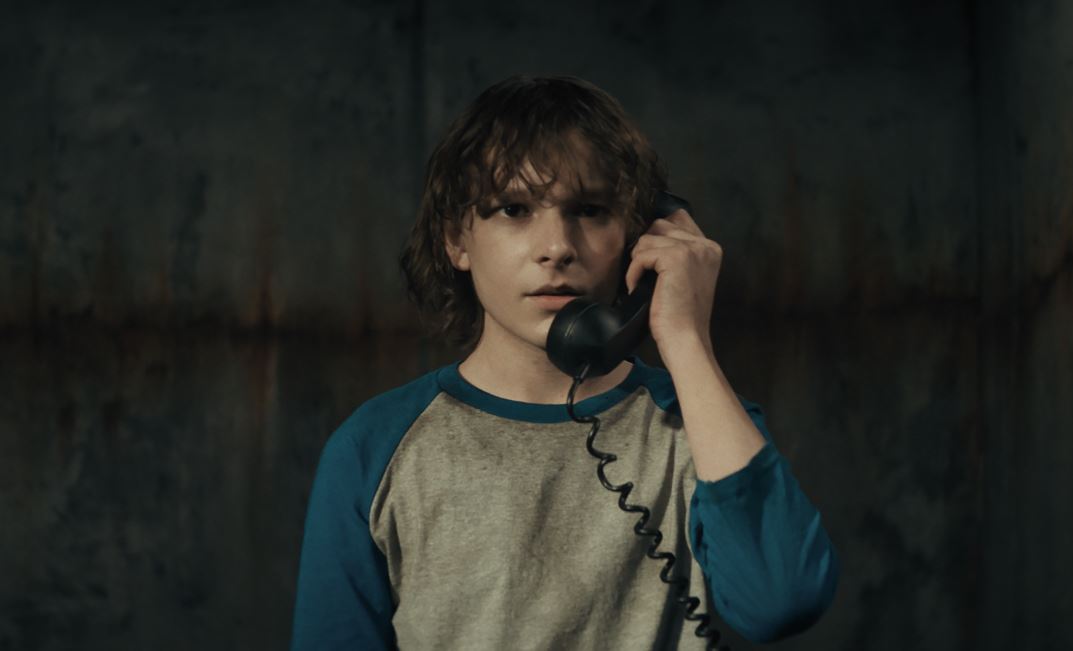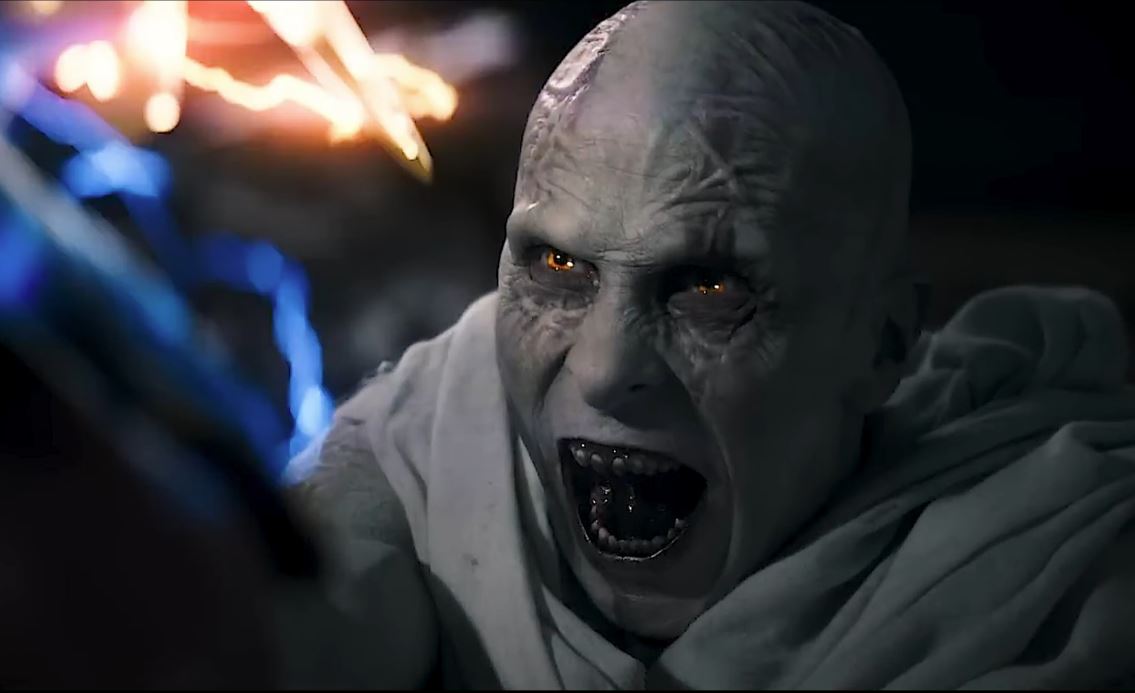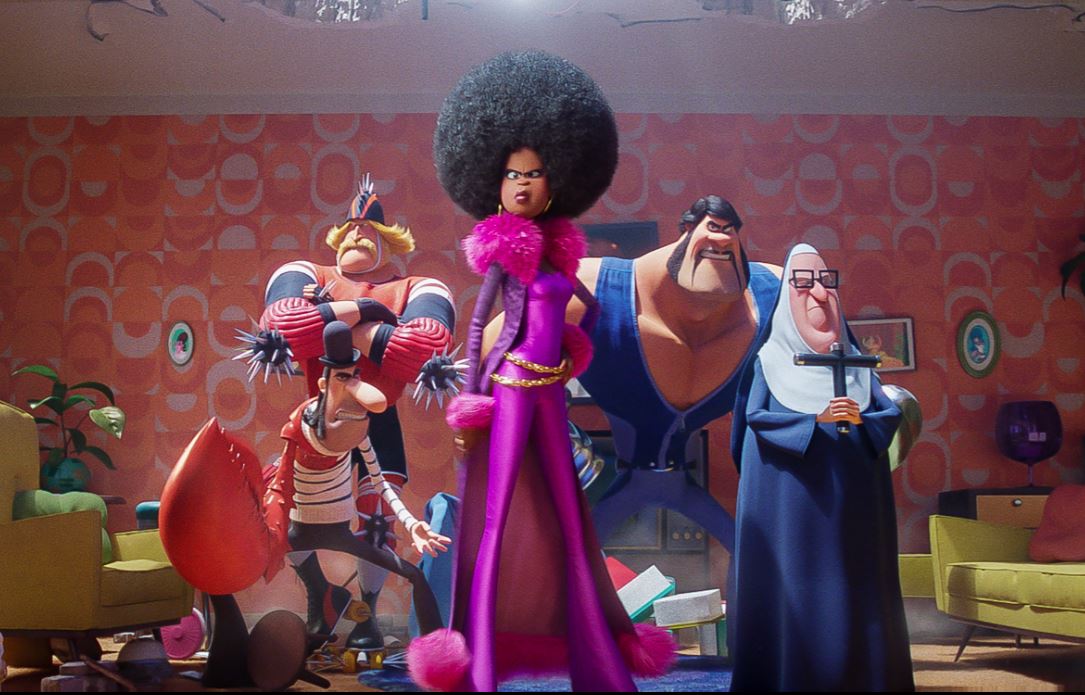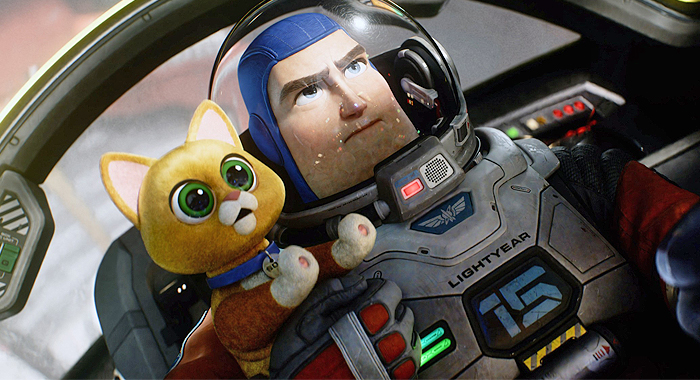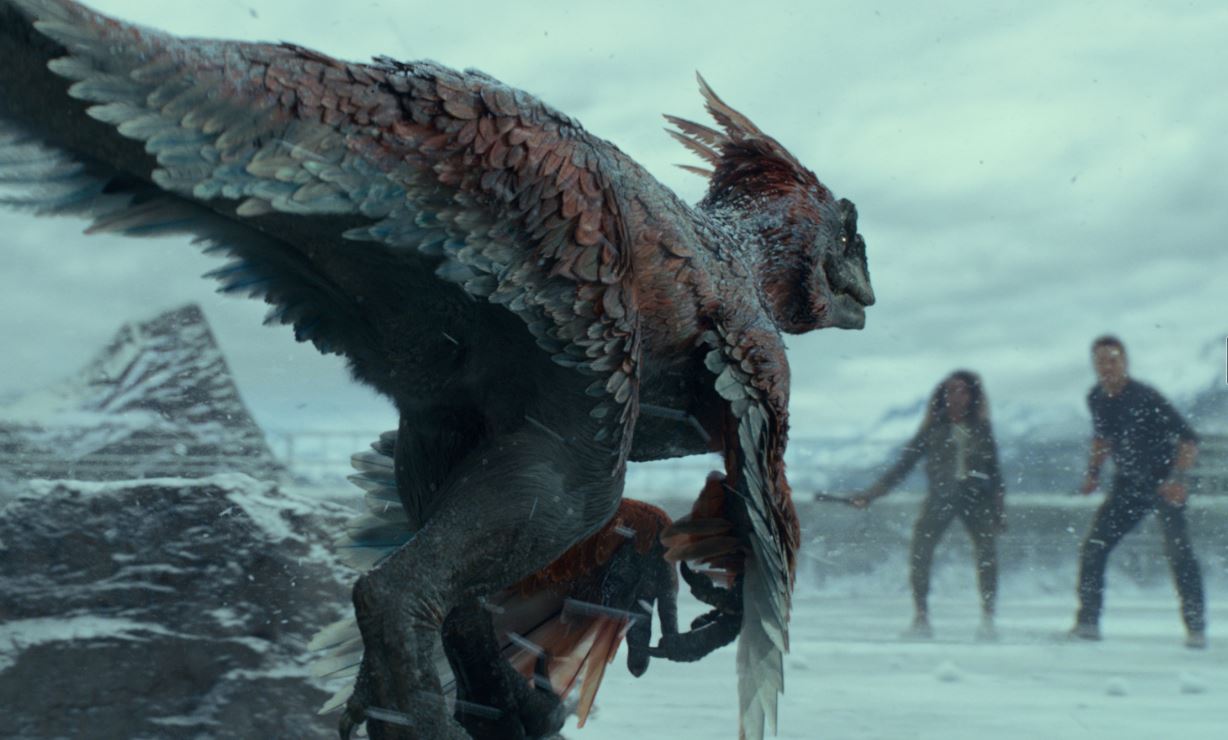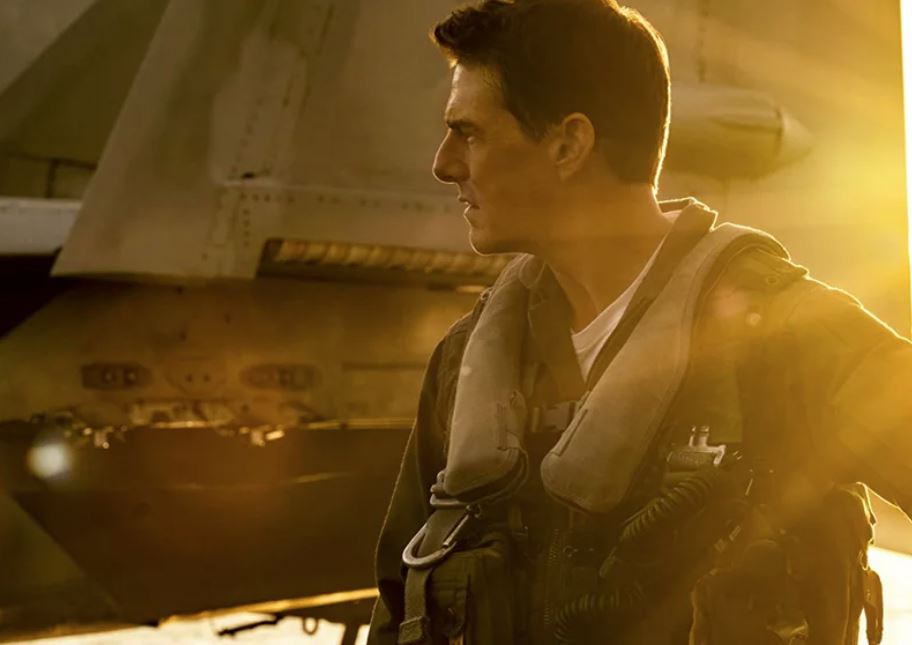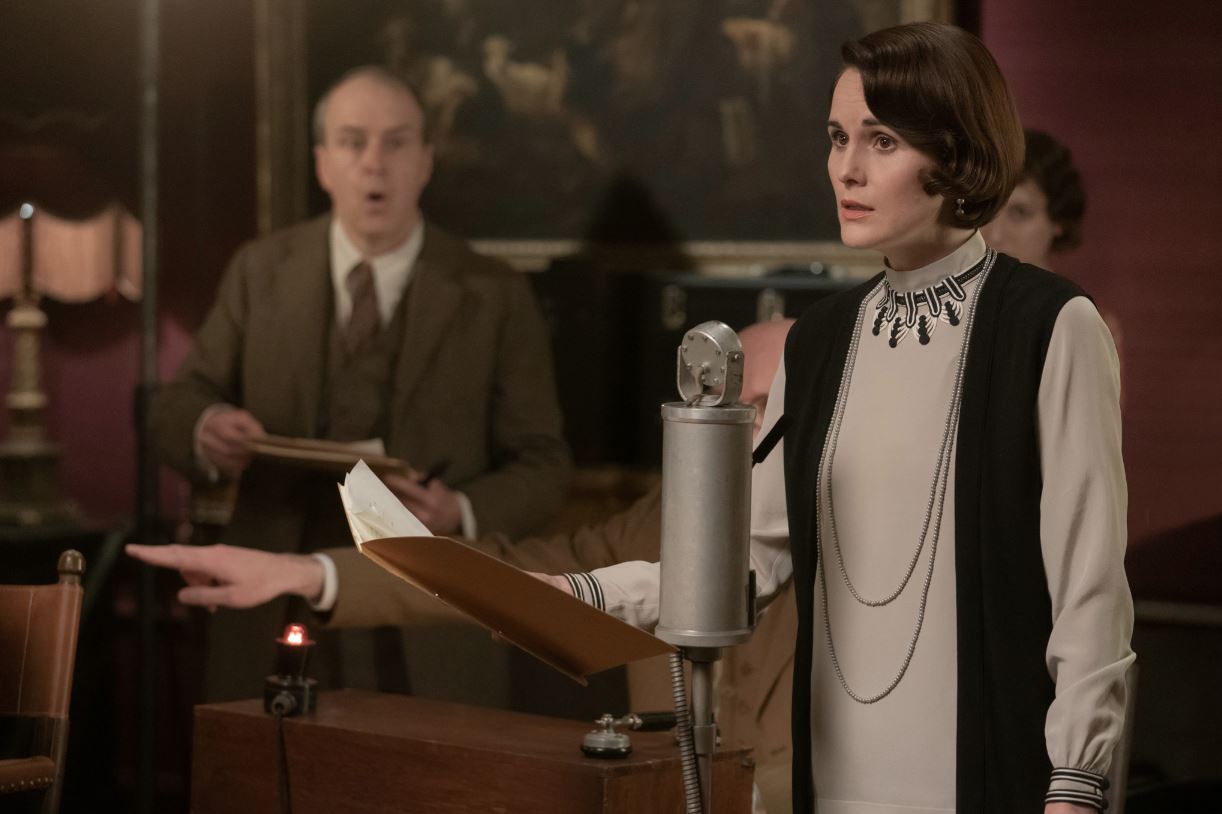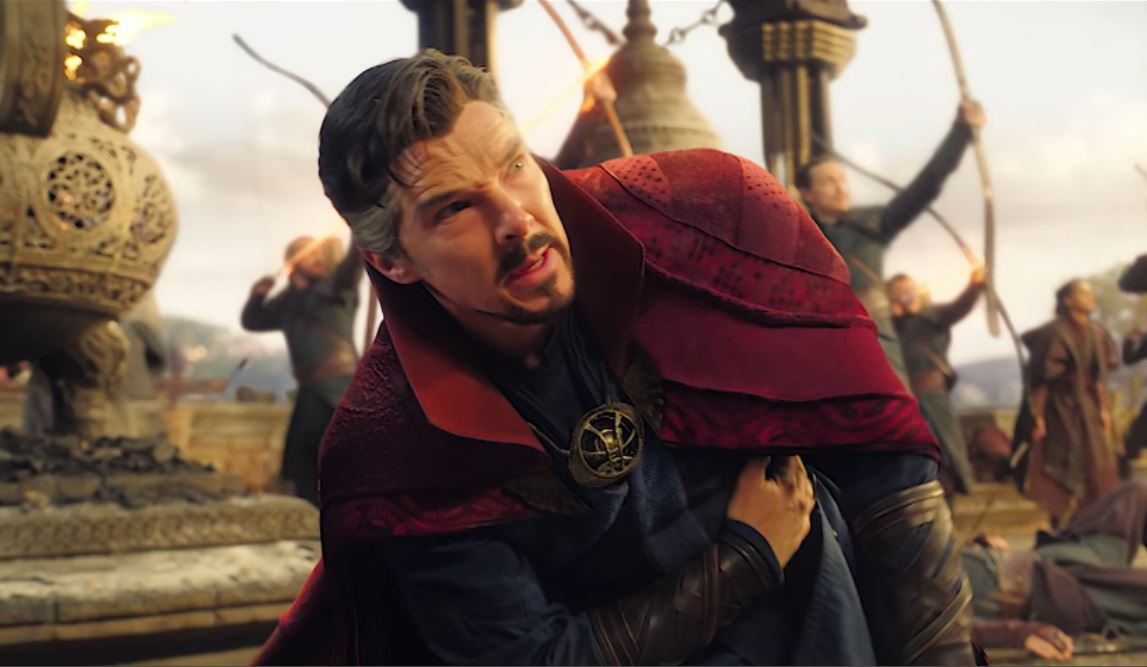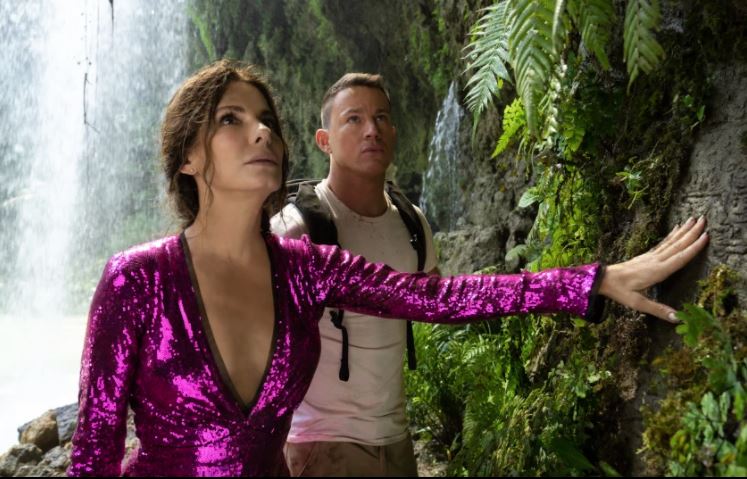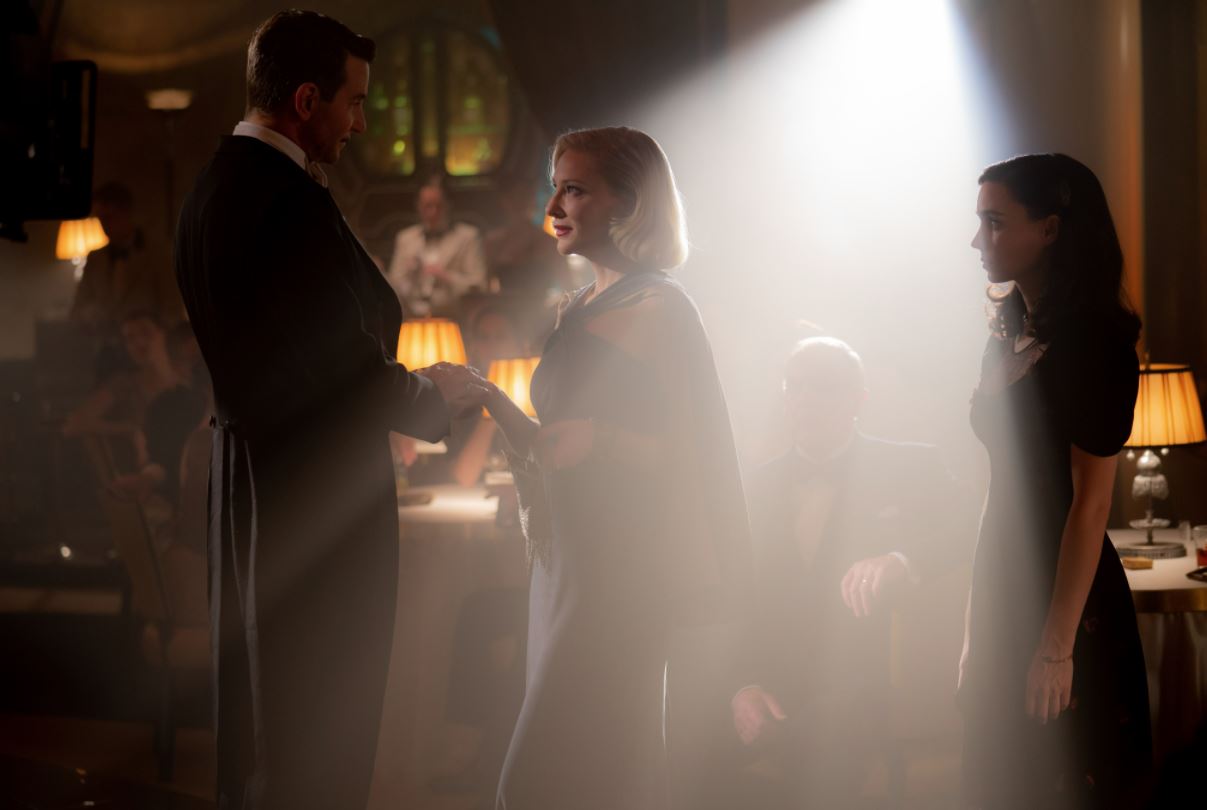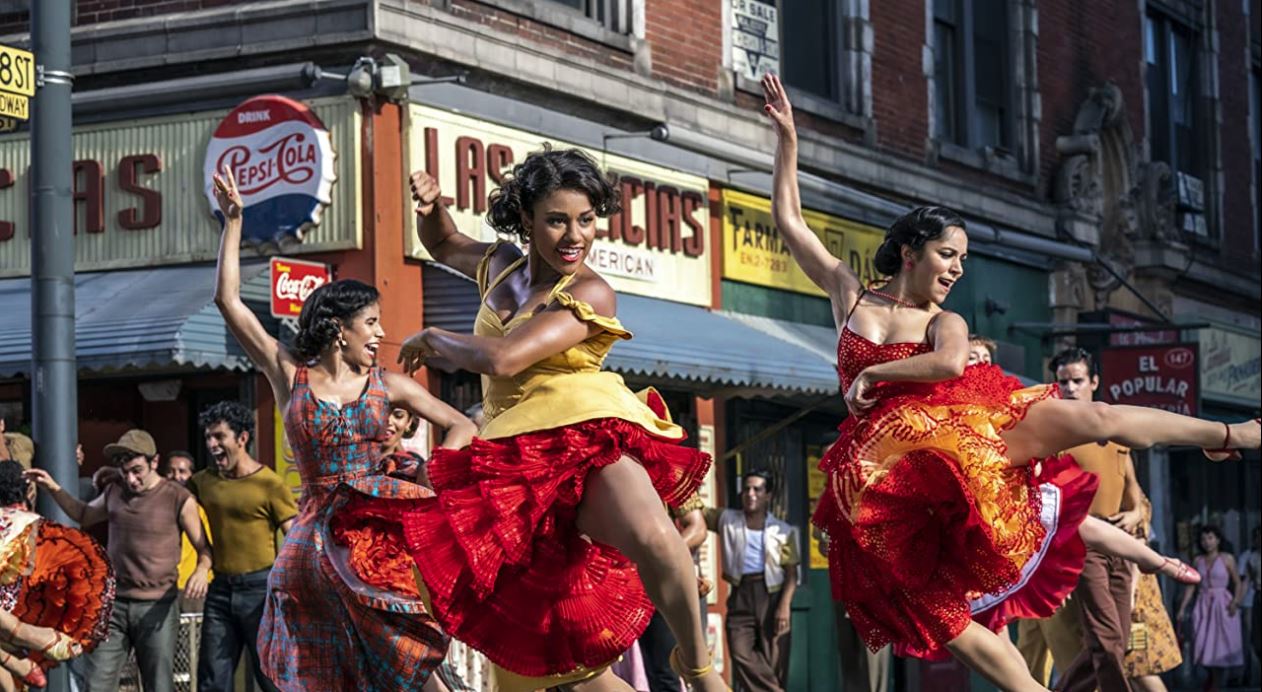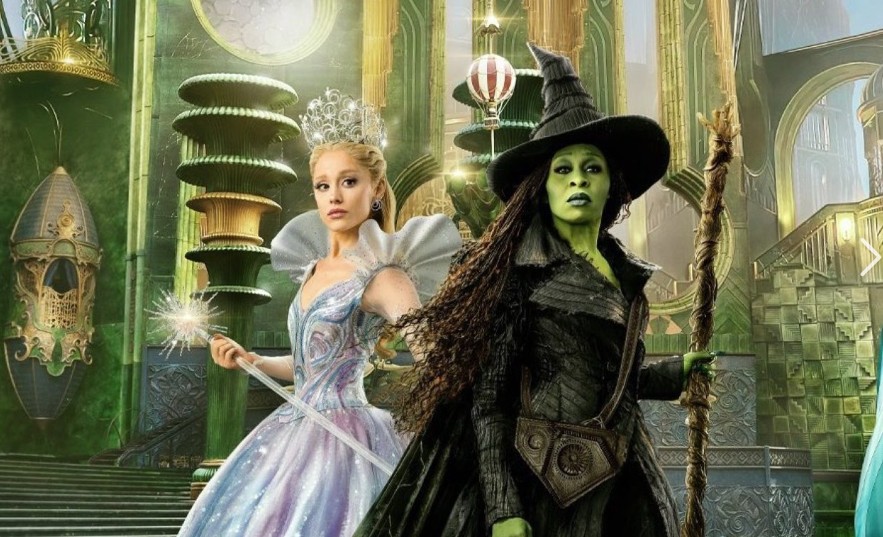
TWICE UPON A TIME
A Review of “Wicked: For Good”
For those of you who didn’t see the first “Wicked” movie, or for that matter, have no knowledge of the Broadway show that spawned two films, allow me to offer a brief synopsis, because first-timers hoping to see “Wicked: For Good” will be completely lost. Part one introduced two besties, Elphaba, she of green skin, and Galinda, an effervescent study in cotton-candy flourishes. They are students at Shiz University in the Land of Oz, and rivals for the favors of the handsome Prince Fiyero. (Allow me an aside: Shiz is an absolutely stupid name for an institution of higher learning. But the book on which the movies are based was a best-seller, so what do I know.) Shiz is overseen by a character known as Mrs. Morrible, played by Michelle Yeoh. And the other primary character is the Wizard himself, played by a conniving Jeff Goldblum, in league with Morrible to wreak havoc on Oz. Part One introduces the driving force of the plot: the sudden subjugation of Ozian animals and the loss of their collective voices, as if by fiat from the despicable Wizard. Morrible is determined to see that Galinda and Fiyero are coupled. Meanwhile, she engineers a split between the two young women and in the end, Elphaba escapes the growing prejudice against her outlier character and flies away on the soaring chords of the Broadway hit “Defying Gravity.” End of Part one. Part Two, “Wicked: For Good,” begins with a battle between Elphaba and the Winkie soldiers building the yellow brick road with the resentful assistance of lumbering horned creatures who are dragging the wagonloads of yellow bricks. The Winkies are whipping the poor creatures while Elphaba does her best to interfere. Back in Oz, Morrible is recruiting Galinda to her side with flattery and the gift of a fantastical bubble that will give her the ability to fly, much as Elphaba can whisk around on a magical broomstick. With her perfect hair, perfect teeth and perfect posture, Galinda is slowly gaining the trust of Ozians in preparation for whatever evildoing the Wizard and Morrible have planned. And that includes tracking down Fiyero, who now is Captain of the Winkie Guardsmen. It’s here that we learn Fiyero, despite Morrible’s best efforts to force his engagement to Galinda, has no intention of marrying the fair maiden and instead professes his love for the outcast Elphaba. There’s even a tryst in a treehouse, so parents be warned. As they say, the plot thickens. I had high hopes for the sequel, but it’s unfortunate part two has little of the secret sauce of part one. While “Wicked” the movie boasted the best songs of the Broadway show, new songs written for the sequel just don’t measure up; you don’t walk out of the theater humming any of the new tunes. And there’s so much singing by the principals, “For Good” sometimes comes off as an operetta, with too much warbling and not enough dialogue. Director John Chu could have dropped a couple of the songs in part two to no ill effect. After awhile, you begin to wonder what this all has to do with the source material. Where are Dorothy, the Cowardly Lion, the Tin Woodsman and the Scarecrow? They’re worked into the plot, but barely. All we see of Dorothy are brief flashes of gingham. And when Morrible, with her black magic, concocts the iconic tornado that drops a farmhouse onto the Wicked Witch of the East, Elphaba’s sister, there’s no reference to the ruby slippers. Probably because the producers were denied the license to show the red shoes. In the end, part two pales in comparison to part one. The singing is still somewhat diverting and the acting fine, but for me the sequel is an expensive misfire. The two stories could have been played as one and to greater effect. But it won’t matter to diehard fans. And already “Wicked: For Good” is breaking box office records. However, there is a shocking twist at the end of “For Good” that partially redeems the effort. And it plays as a satisfying coda. Gravity is defied and movies are the better for it.

Rick Douglas
